Keeping tires in good shape and free from any cracks and damages is important for ensuring safety while driving and prolonging the lifespan of your tires.
So if you’re researching ways to repair damages and improve the strength of your vehicle’s tires, you may be wondering – what is tire vulcanizing? Well, here is everything I’ve found out on this topic!
Tire vulcanizing is a chemical process that hardens rubber and is frequently used to repair cracks, tears, and punctures in tires. Most local automobile service centers offer tire vulcanization services for $10-$30. However, vehicle owners can also perform the vulcanization process themselves using DIY kits that cost anywhere from $2-$15 per kit.
If you want to learn more about how tire vulcanizing works, how much does it cost to vulcanize tires, and much more, keep on reading to find out more useful facts and tips!
Charles Goodyear invented the vulcanization process in the mid-1880s while doing experiments to improve tire tubes.
Although this process received heavy criticism in the beginning, people eventually came to appreciate the benefits of vulcanization in the manufacturing and repair of tires.
The vulcanization process involves sealing and repairing punctures, cuts, or gashes in tires under extreme pressure and heat.
Vulcanization can be done in three different ways:
1. Section Repair
The section repair method is used to deal with severe damage such as cuts and tears through the cords of the tire.
In this method, both inner and outer layers of the tire are first beveled and filled with rubber patches.
After that, sulfur is applied under high pressure and temperature to permanently seal and harden the patches.
2. Spot Repair
Spot repair can only be used to repair external damage including sidewall tears, cracks, and bead damage, and is not suitable if your tire’s cords are also damaged.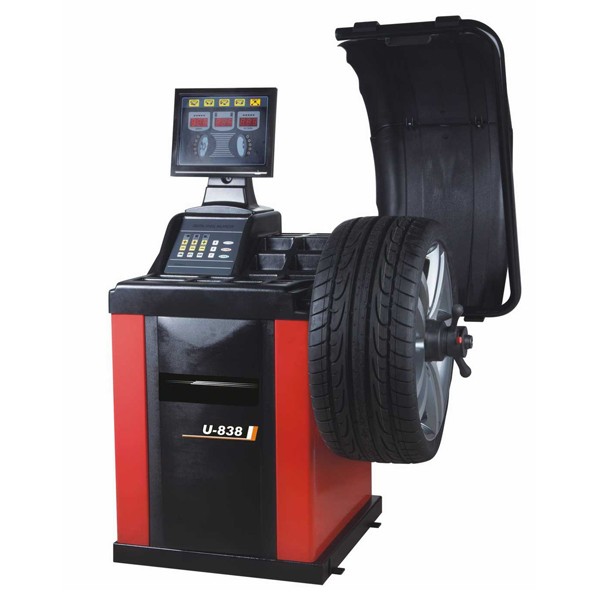
In spot repair, the surface of the damaged area is filed, evened out, and filled with a new rubber patch in the presence of sulfur or another curative under high pressure and temperature.
3. Stripping
Stripping involves adhering a thin layer of rubber to the inner surface and vulcanizing it with sulfur under high pressure and heat to form a permanent seal.
This method is primarily used to repair the inner surface of the tire, where the cords have been exposed due to extended wear and tear.
Vulcanizing fluid is a rubber-based, fast-drying liquid that is used to repair tires and tubes, which works by forming strong chemical bonds (of sulfur) with the tire patch at normal room temperature and pressure.
Afterward, once it has dried after application, the seal between the tire and patch becomes permanent and air-tight.
Here are the steps you should follow to properly apply vulcanizing fluid for your tire repair:
It should be noted that the drying time of the fluid is affected by its temperature and thickness.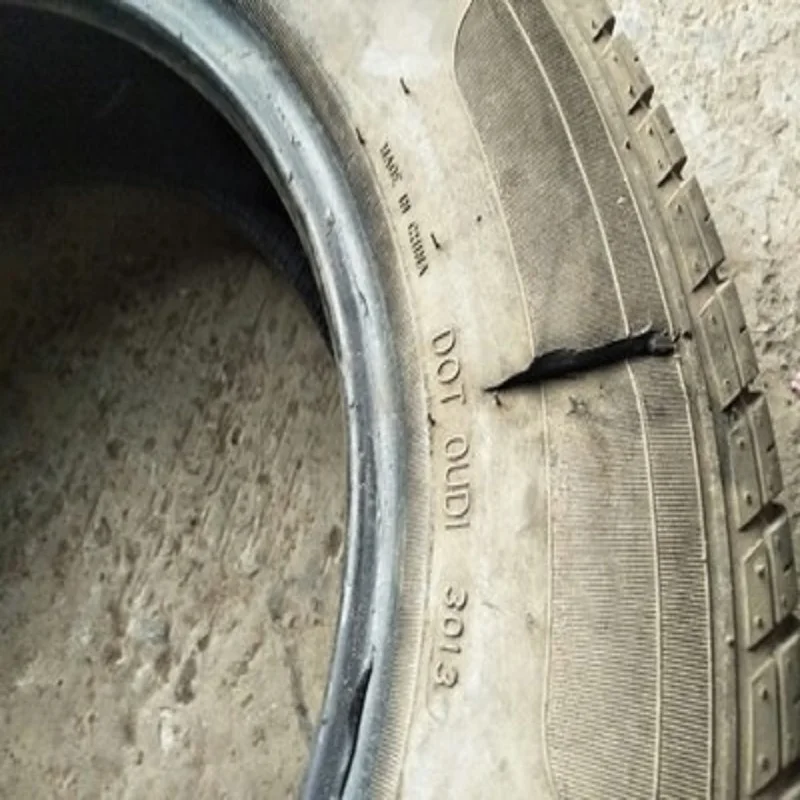 To compare, a thin coating will dry in five minutes, but a heavy coating can take as much as fifteen minutes to dry.
To compare, a thin coating will dry in five minutes, but a heavy coating can take as much as fifteen minutes to dry.
Although you can use both rubber cement and vulcanizing fluid to repair your tire, there is a slight difference in their composition and in how they function.
Rubber cement is made from elastic polymers (latex) and solvents (hexane or acetone), whereas vulcanizing fluid uses sulfur as the main compound for bonding with the tire’s rubber.
Additionally, rubber cement is not strong enough to achieve long-lasting results from vulcanization, whereas vulcanizing fluid makes a permanent and strong seal.
Vulcanizing a tire is an excellent way to repair and strengthen your tire since vulcanized rubber lasts a lot longer than natural rubber.
In fact, vulcanized rubber becomes ten times stronger than natural rubber due to the cross-linking of sulfur and other metallic oxides with the rubber.
Because of this, manufacturing companies often use vulcanized rubber to produce tires as well, making it quite suitable for tire repairs.
Although it is safe to vulcanize a tire, you should avoid doing so if any of the below conditions apply, since the repair will not be effective or long-lasting:
You should have your tires inspected by a professional mechanic if you are not sure whether it is safe to vulcanize a tire.
You can expect to pay between $10 to $20 for vulcanizing a damaged tire, though the cost also depends on the size of the tire and the extent of the damage.
However, keep in mind that vulcanizing a tire with a sidewall tear usually costs more (up to $30) because the sidewall is integral to the tire’s strength, rigidity, and structure.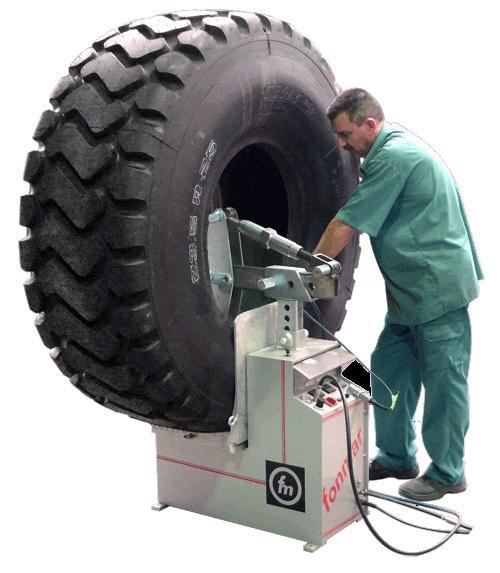
You can get your tire vulcanized from any local automobile repair shop, and you can also visit nearby service centers of any of the following automobile chains:
You can vulcanize your tires at home using DIY Vulcanizing Patch Kits, but keep in mind that it is only suitable for very small tears or cuts.
Additionally, the process becomes more complicated if the tires are heavy-duty or commercial, or if you have no prior experience with tire repairs.
You will find the following items in most DIY Vulcanizing Patch Kits:
If you’d like to purchase a vulcanizing patch kit, you can do so from stores like Amazon, Walmart, or even your local Auto Parts store for around $2-$15 per kit.
If you want to learn more, you can also check our posts on what are XL tires, what are all-season tires, and what are highway tires.
Tire vulcanizing is a chemical process used to repair cracks, tears, and punctures in tires to prolong the life of your tires.
Tire vulcanizing is a highly effective method for repairing tires, and vulcanized rubber is even used by manufacturers to produce durable and long-lasting tires for rough usage.
It’s never a good day when a tractor or combine tire goes down. Maybe a sharp piece of metal has speared it and left you completely flat. Or, maybe you’ve discovered a chipped lug, bead damage—or you’re staring at your tire’s cords through a nasty gash. If you find yourself in this situation, there’s actually good news: the tire may be repairable.
How Vulcanized Repairs Can Save You MoneyA damaged bank account is the first thing most farmers think about when they spot a damaged tire.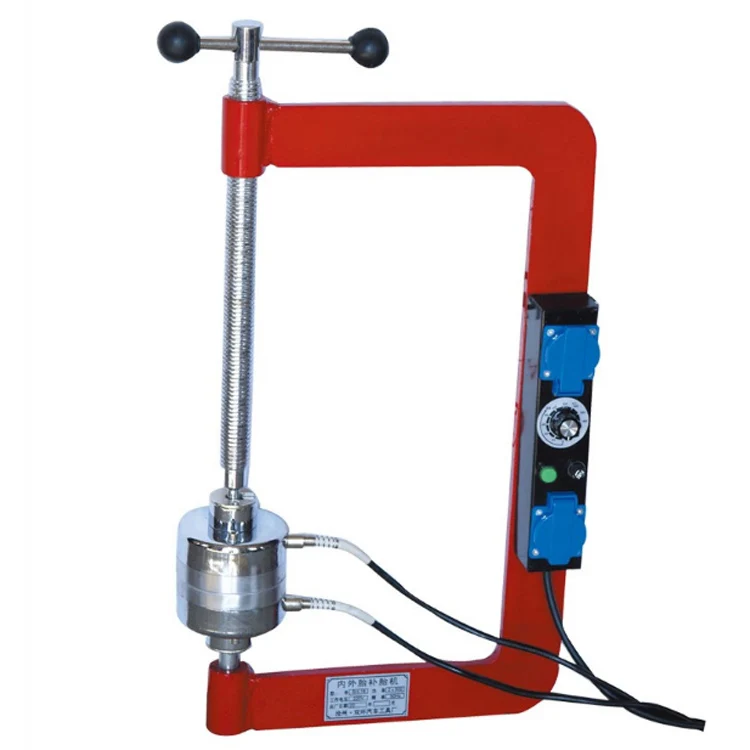 Or how the search for a decent used tire is going to waste time you don’t have. Don’t worry: NTS Tire Supply can help you with both these problems.
Or how the search for a decent used tire is going to waste time you don’t have. Don’t worry: NTS Tire Supply can help you with both these problems.
In reality, your damaged tire may still be good thanks to vulcanizing technology. Vulcanizing repairs can save your operation hundreds or thousands of dollars in tire replacement costs.
If for some reason a vulcanized repair isn’t a good fit for your tire (we cover the reasons below), we have a pretty good idea where you can find a quality used tire from a reputable seller. But first, let’s take a look at the 3 types of vulcanized repairs.
These repairs involve the most severe type of tire damage—cuts through the tire’s cords. Section repairs include sidewall, tread face, and shoulder reinforcement. To perform this repair, our vulcanizer grounds or bevels out the damaged area. The inside of the cut is then layered with new ply. Next, the cavity is filled with new rubber from the outside.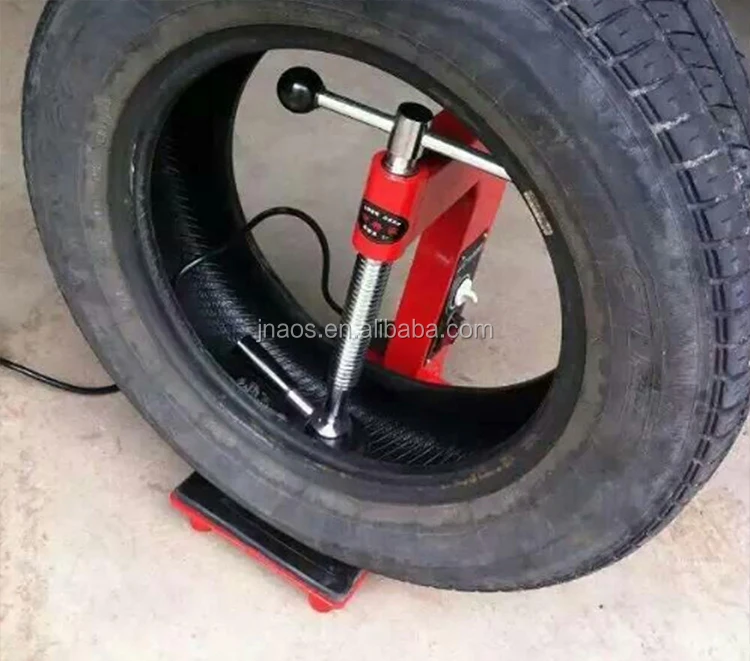 Then, a high-pressure heat cure forces the rubber tightly into the cavity to complete the repair. Our success rate for section repairs is about 95%.
Then, a high-pressure heat cure forces the rubber tightly into the cavity to complete the repair. Our success rate for section repairs is about 95%.
Spot repairs address external tire damage that does not involve the tire’s cords. Examples include sidewall cuts, chipped lugs, shoulder cracks, and bead damage. During a spot repair, our vulcanizer grounds or bevels out the damaged area and fills the outside of the cavity with new rubber. A high-pressure heat cure then forces the rubber into the casing and repairs the tire.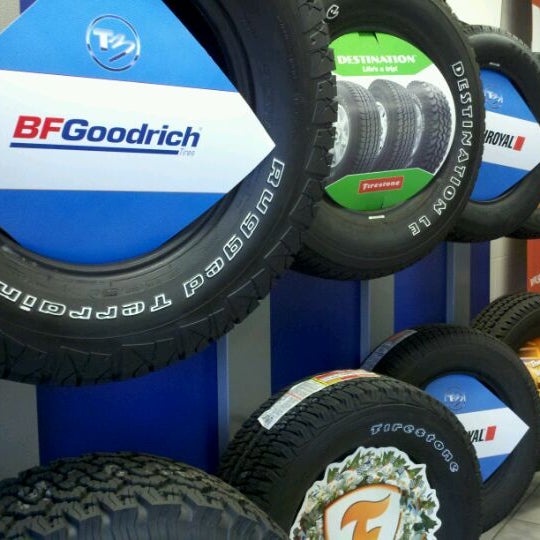 Our success rate for spot repairs is over 99%.
Our success rate for spot repairs is over 99%.
We recommend using Orange Armor tire sealant to completely guard against future leaks.
3. StrippingUnder the demands of agricultural use, the inner lining of a tire can thin to the point where the cords become exposed. During the stripping process, our vulcanizer applies a layer of new rubber to the inside of the tire, then bonds the new rubber to the casing with a high-pressure heat cure. Our success rate for stripping repairs is nearly 100%.
You should choose your tire repair person the same way you would choose a mechanic—go with who you trust based on the company’s experience and reputation. We’re fortunate to have Gary, our vulcanizer, who performs hundreds of tire repairs each year.
We’re fortunate to have Gary, our vulcanizer, who performs hundreds of tire repairs each year.
If you have a damaged tire, your first step is to contact us to see if we can fix your tire. Even though we can repair some of the nastiest-looking gashes, not every tire is repairable. A tire is unrepairable if:
Once you contact us about your repair, we’ll let you know what the next steps are. For example, we might need some pictures of the tire to determine if a fix is possible.
If we determine that vulcanizing can’t save your tire, your next step is a used tire. NTS Tire Supply has thousands of used tires in stock at any given time, so check if we can source a suitable used replacement before you look at a new one. We have everything from like-new tires with factory blemishes (that don’t affect performance) down to low-tread tires that you could mount for one more season before you invest in a whole new set.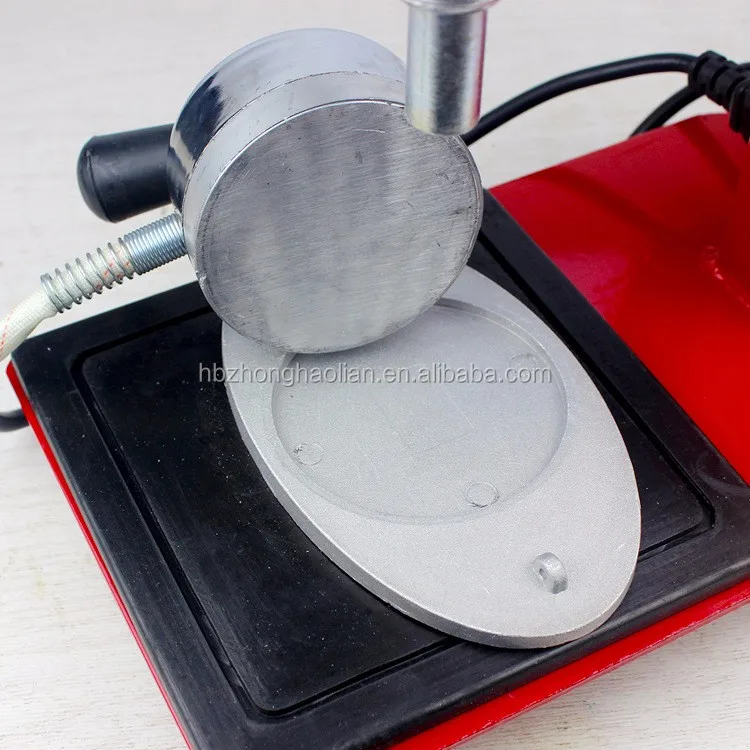
Every used tire we sell undergoes a complete inspection, inside and out. We look for anything that could impact the performance of the tire—weathering, casing issues, odd tread wear, etc. Can you say the same for a tire you might find on Craigslist or another online retailer?
Every tire we sell (or repair) is covered by our Black Gold Warranty. Bringing in a tire for a vulcanized repair? You’re covered. NTS Tire Supply stands behind every repair job with a full 2-year warranty. In the rare case that a repair fails, we’ll redo the job free of charge or refund the full cost of the repair.
We also stand behind every tire (or track) we sell: a practice that has attracted loyal customers since the 1980s, when we first started selling used tires. If a product fails within the first 30 days after installation or 6 months after purchase (whichever comes first), NTS Tire Supply will offer free replacement, repair, or the full purchase price back including labor.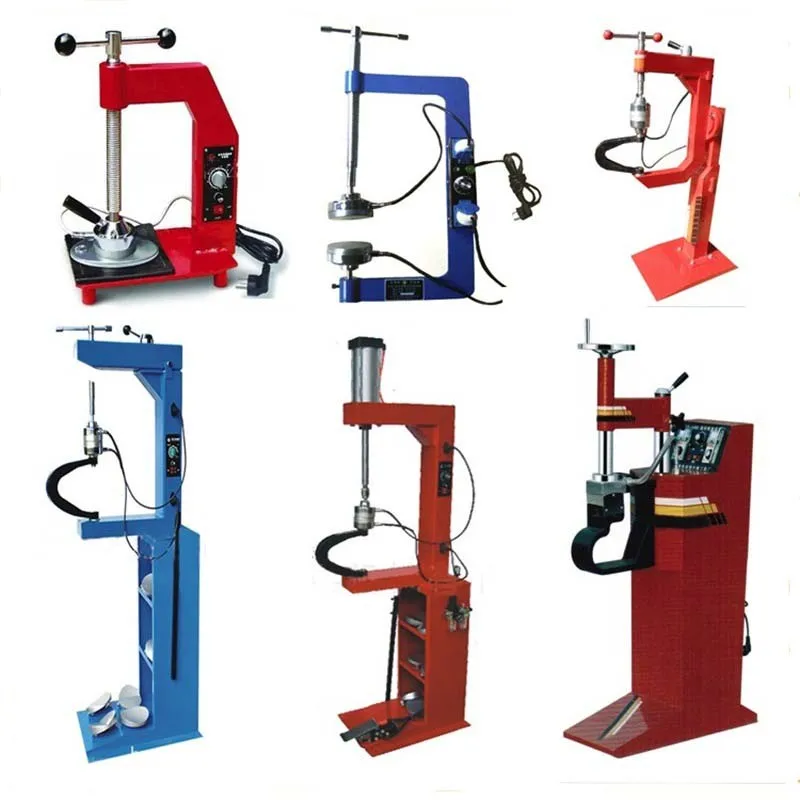
Read More: NTS Tire Supply covers every used tire we sell with our Black Gold Warranty.
Have a damaged tire? Contact us today and we’ll discuss your repair options. And if you need a used tire or want to upgrade the performance of a machine on your farm with a set of new rubber, our tire experts will work to find the best options for your operation. We’re here to help drive your farm forward.
NTS Tire Supply Team
Repair
90,000 tires of any complexity in the wheel atelier 2000 wheels in Yekaterinburg+ 7 (343) 328-62-62 + 7 (904) 540-606
BASSINA
9000 BASK
Thanks to repair materials, up to 70% of tires damaged on the road can be restored. Modern technology allows for fast and reliable repair of all major types of damage to radial and diagonal tires. Damage to the treadmill, sidewall and shoulder of the tires is subject to repair. In this case, the method of hot and cold vulcanization is used.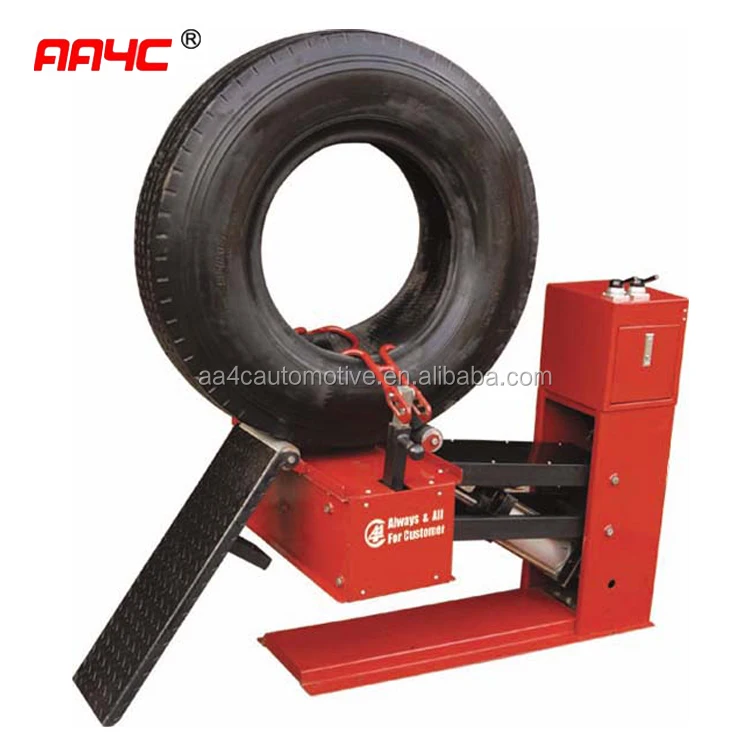 The cold vulcanization method allows you to repair a tube or tire in a quality manner within a few minutes.
The cold vulcanization method allows you to repair a tube or tire in a quality manner within a few minutes.
Chamber repair - chamber defects can be repaired within minutes, without heat or equipment. The patches have a zigzag border of vulcanized rubber and an active layer at the edges, thanks to which a large bonding surface is achieved during repairs. The patches are connected to the surface of the chambers without a noticeable transition (seam), which has a positive effect on the reliability of the repair.
The harnesses are a highly effective, fast and reliable solution to the problem of repairing tubeless tires without removal from the rim for damage up to 3 mm.
Mushrooms - designed for professional repair of tube and tubeless tires with small damage on the treadmill and allow you to save a lot of time during repairs. The 45° Shore hardness fungus rubber rod is not a foreign body for the tire because the tire material has the same hardness.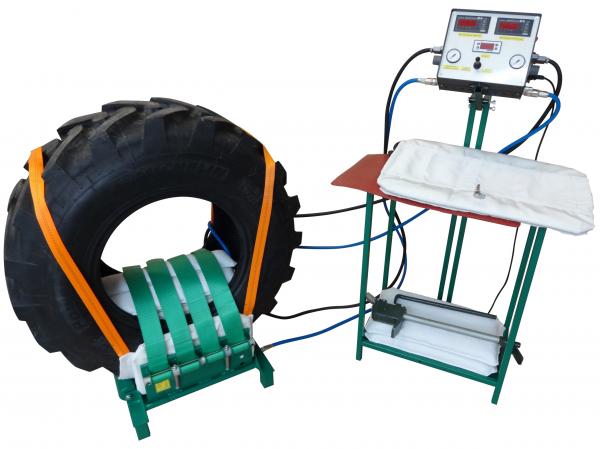
patches are used to repair through damages with broken tire cord integrity. They are made in various sizes and are designed for hot and cold vulcanization repairs.
All patches are prevulcanized. The plasters, thanks to the use of nylon cord for the individual reinforcing layers, are very strong and at the same time flexible. Thanks to their special design, the patches have several plies of cord, with the widest and longest plies adhering to the tire carcass, which is critical for a reliable tire repair.
Universal patches for express repair of tubeless tires with damages from 3 to 8 mm without damaging the cords. With the help of a universal patch, the tightness of a tubeless tire is restored in places where it is impossible to repair with a flagellum or a fungus (sidewall, shoulder, etc.).
Tire repair is carried out according to the "hot vulcanization" technology using "Maruni", "Tech", "Rossvik" consumables, as well as a small tire puncture the specialists of the company 2000 wheels will make without removing the wheels from the car, which will significantly save your time.
Qualified personnel undergo theoretical and practical training in the centers of excellence, which increases the quality and professional level of our tire shop.
We guarantee impeccable quality and individual approach to every car owner.
Menu ₽
Top We use cookies to improve the site and its interaction with users. By continuing to use the site, you consent to the use of cookies. You can always disable cookies in your browser settings.
By continuing to use the site, you consent to the use of cookies. You can always disable cookies in your browser settings.
Partnership program Upon
Tobolsk
Catalog
Product Catalog
Clothes and shoes
Clothing and shoes
Construction materials 9000,
Building materials
Textiles and leather 9000
Textiles and leather
Health and Beauty
Health and Beauty.
Children's goods
Children's goods
Electrical engineering
Electrical engineering
Food and drink
Food and drink
6Industry
Industry
Furniture and interior
Furniture and interior
Water, gas and heat
Water, gas and heat
Agriculture
Agriculture
,0002Ostendorf Seal kit made of vulcanized rubber GA-Set 125 for internal sewerage Weight
READ MOREMore prices and similar products
Ostendorf seals of vulcanized rubber GA-SET 160 for internal sewage system weight
More prices and similar products
Ostendorf set of seals of vulcanized more than more rubber of rubber GA-SET 200 for the internal Cancer.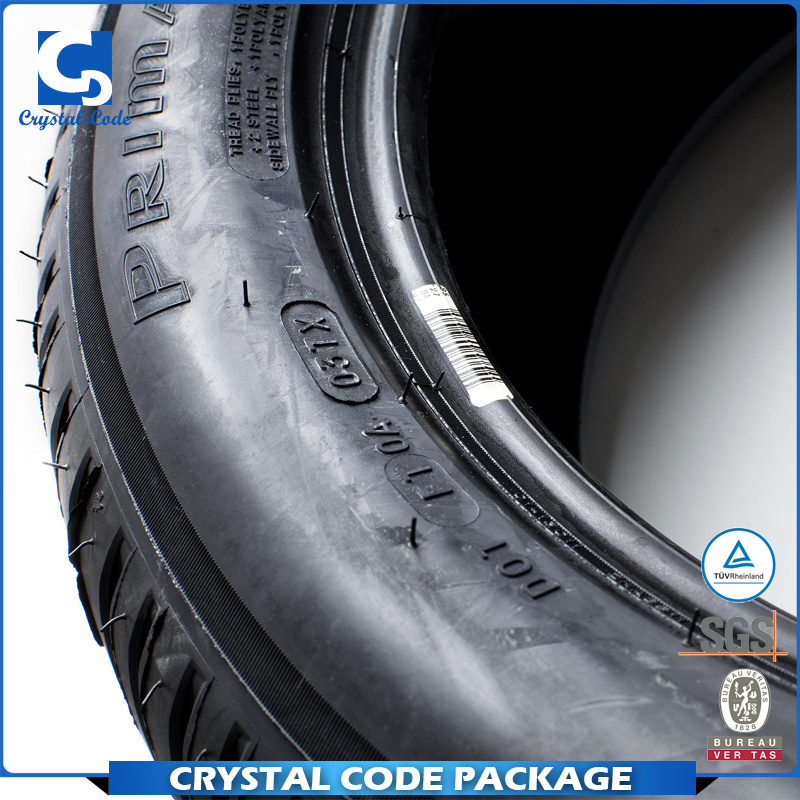 prices and similar items
prices and similar items
Rubber suspension, vulcanized rubber
IN STOREMore prices and similar items
Ostendorf seals of vulcanized rubber GA-SET 160 for internal sewage Weight
More prices and similar products
Ostendorf set of 9002 volcanoes more than GA-Set 125 prices and similar products
Ostendorf Seal kit made of vulcanized rubber GA-Set 200 for internal sewerage Weight
More prices and similar goods
753
1107
Women's leopard boots Sports shoes made of mesh material with a breathing sole of vulcanized rubber 2021 Autumn, women's shoes for
Details of price
women's denim, vulcanized rubber , canvas sneakers, casual training shoes, black, spring 2022
READ MOREMore prices and similar items
Ostendorf seals of vulcanized rubber GA-SET, 160 mm Production Country:
More prices and similar goods 9000,
Most of vulcanized rubber GA 110 OSTendorf, OSTENDORF, OSTENDORF prices and similar items
DR.